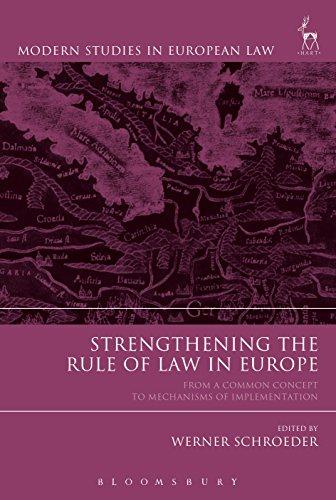Question
Part I Ethical Analysis A. Answer the following questions relating to ethical issues (each answer should be between 1/4 and 1/2 page long): 1. Is
Part I Ethical Analysis A. Answer the following questions relating to ethical issues (each answer should be between 1/4 and 1/2 page long): 1. Is it ethical for the company's management to lay off ten percent of the employees while the company is still profitable, regardless of which method is used to identify those who will lose their jobs? 2. Assuming that it has been established that layoffs are needed and that the good to be accomplished justifies removing some satisfactory employees from their jobs, is the manner of proceeding outlined in Option 1 ethical? Why or why not? 3. Assuming that it has been established that layoffs are needed, that the good to be accomplished justifies removing some satisfactory employees, is the manner of proceeding in Option 2 ethical? Why or why not?
Part II Legal Analysis B. Answer the following questions relating to legal issues (each answer should be between 1/4 and 1/2 page long): 1. Does Nuts & Bolts, Inc. have a potential legal duty to inform the workers that there will be layoffs? 2. The Nuts & Bolts layoff Option 1 calls for each division head to determine which specific employees will be laid off. Some of these employees will almost certainly fall into various classifications, such as race, color, religion, national origin, sex, disability and age, which are protected under federal law, most notably Title VII of the Civil Rights of 1964 which protects the first five. It is quite likely that some of these workers will feel they are being laid off not because of their lack of skills and abilities, which is presumably what the division heads will say (and quite likely are applying) is their criteria, but are in fact being laid off because of their race etc. How would these workers make their case that they being intentionally fired for such an illegal act? 3. The Nuts & Bolts layoff Option 2 calls for employees to be terminated by alphabetical order beginning with the letter "A" until the desired number is reached. This approach would be applying facially neutral criteria since all people have names and thus, on the surface this does not appear to be illegally discriminatory. However, under Title VII even using facially neutral criteria is illegal if it has a disparate impact on protected groups. Give an example of disparate impact analysis, and then discuss whether this is likely to occur in this scenario
Step by Step Solution
There are 3 Steps involved in it
Step: 1

Get Instant Access to Expert-Tailored Solutions
See step-by-step solutions with expert insights and AI powered tools for academic success
Step: 2

Step: 3

Ace Your Homework with AI
Get the answers you need in no time with our AI-driven, step-by-step assistance
Get Started


